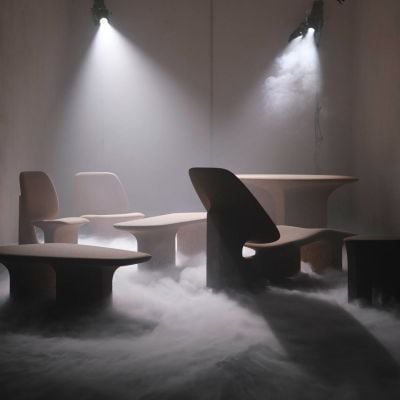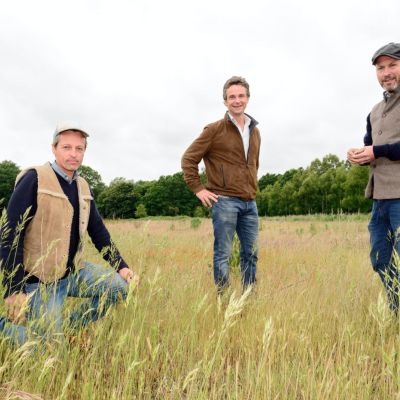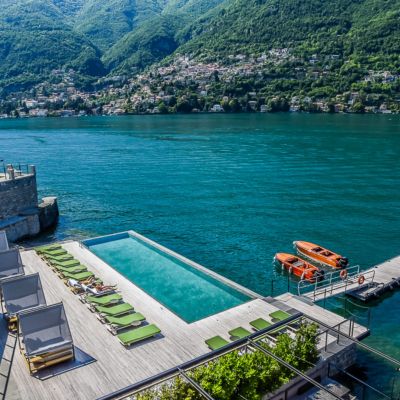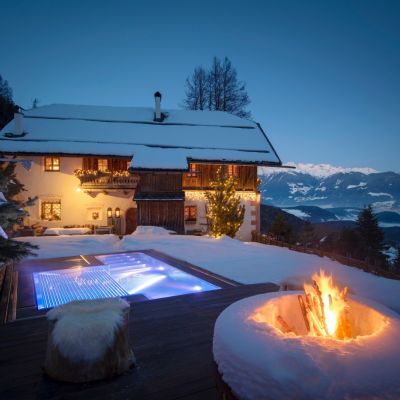Amanyangyun: Steeped In History
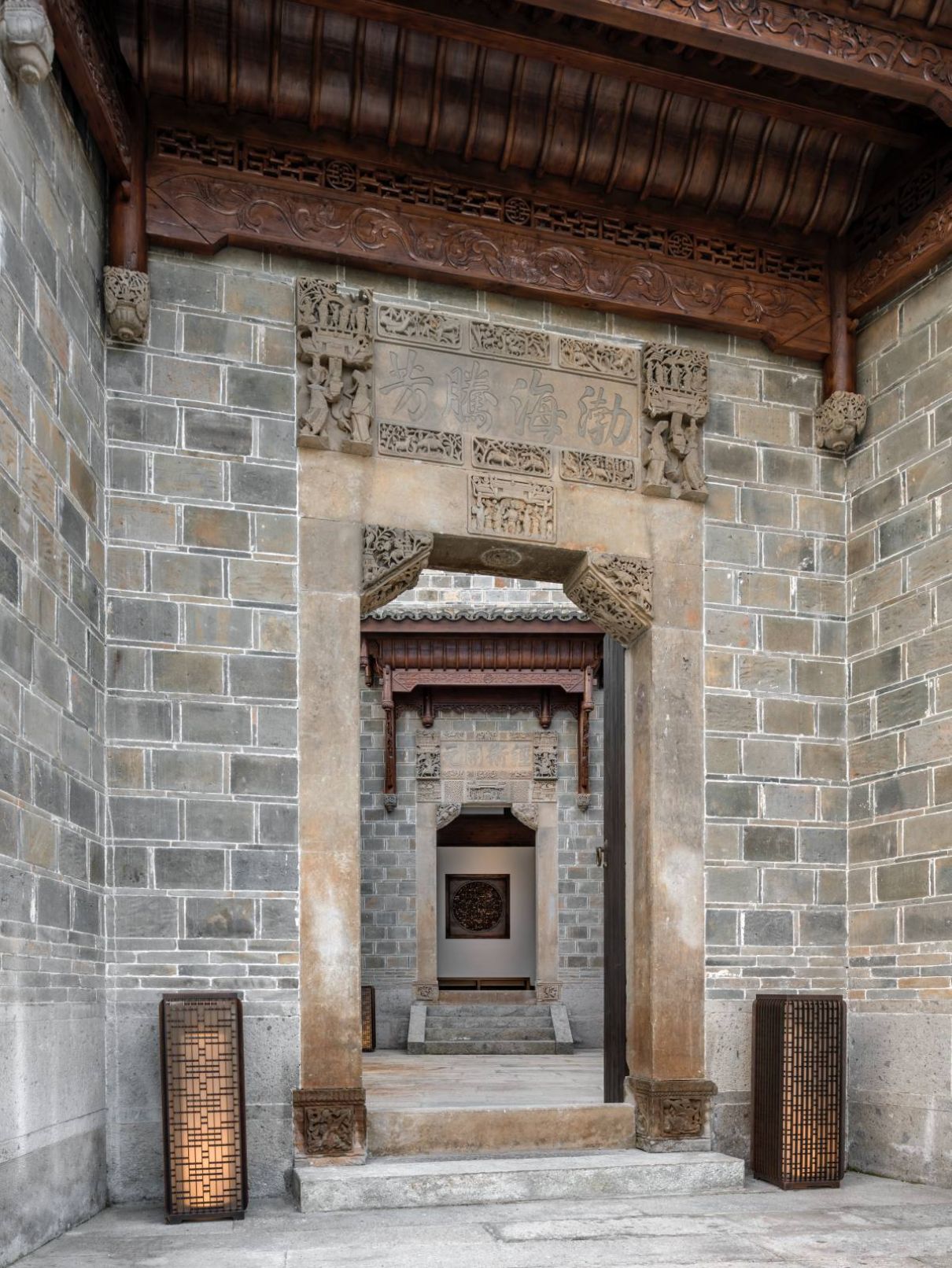
Following an improbable relocation of thousands of ancient trees and houses, Ma Dadong is cultivating an appreciation for the Ancient Chinese literati lifestyle.
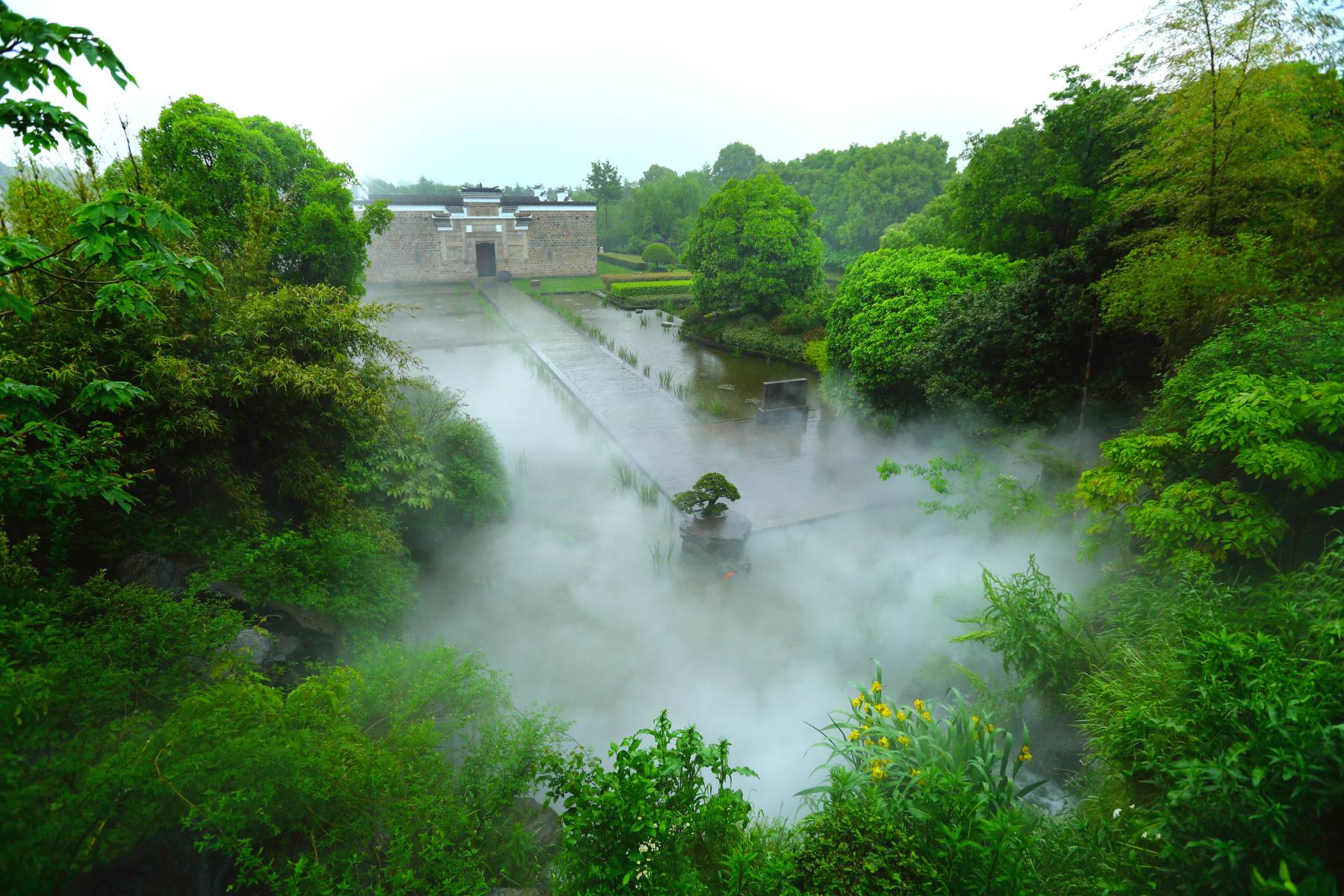
For thousands of years, camphor trees have flourished in China’s Jianxi province. This gnarly, majestic, species can reach up to 10ft and, according to Taoist mythology, have sacred souls.
When Ma Dadong, a young entrepreneur, returned to his native village in Jianxi in 2002, he heard of plans to raze a nearby ancient camphor forest and village dating back to the Ming dynasty to build a reservoir. He couldn’t bear the thought.
“For more than 2,000 years they have been alive, even before the first Chinese Emperor Qin Shihuang,” says Ma. “It can blow your mind to think these ancient trees and houses might disappear in a snap of your fingers.”
Ma, a Taoist, always had great respect for the ancient forest, and quotes the philosophy of Zhuang Zi: beauty resides in time, or beauty takes a long time for refinement.
So, he hatched an unlikely plan: to uproot and drive 10,000 trees to a plot of land outside of Shanghai, 800km away. Fifty of the village’s houses came too, dismantled, labelled and categorised, brick by brick.
It was a megalithic task. Two hundred engineers, botanists and specialists in Chinese architecture were hired. Journeys were made at night to avoid the traffic. Bridges had to be reinforced to take the weight of these 50-tonne trees, while toll booths had to be dismantled to fit the tree-laden trucks.
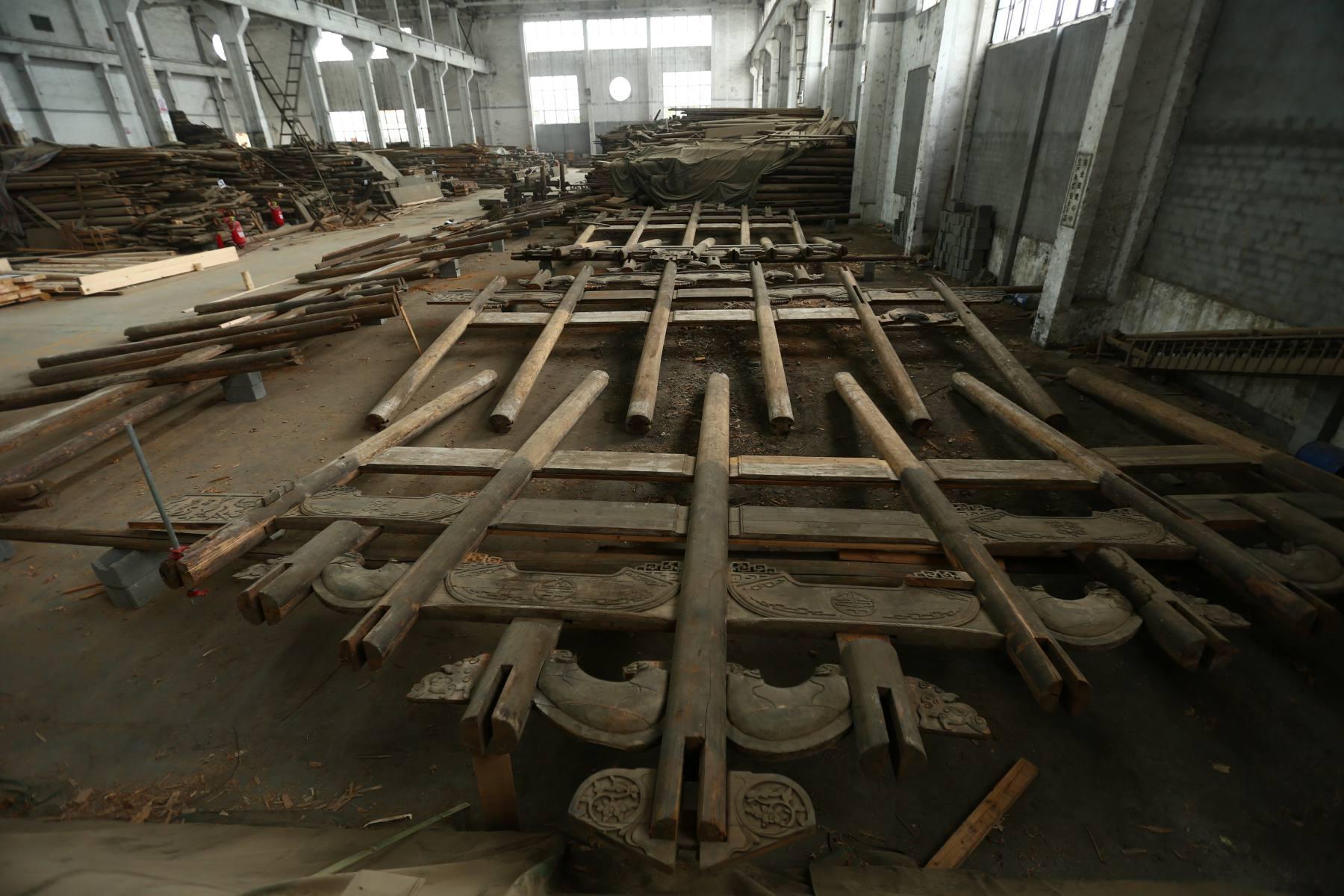
The trees were replanted and nurtured on a plot of land on the outskirts of Shanghai. Ma created a private moated residence for himself in one of the ancient houses in the middle of the forest, but kept the other houses in a warehouse, unsure what to do with them.
In 2009, the founder of Aman Resorts, Adrian Zecha, heard this remarkable story. He met Ma and the two clicked; a spot near the ancient forest was chosen for a new Aman property that would incorporate 26 of the rescued houses and some of the trees. They enlisted acclaimed architect Kerry Hill, who came up with a plan to turn 13 of them into quaint suites, and another 12 into residences with vast art galleries in the basement.
After opening earlier this year, the property has positioned itself as a luxurious locale for inner self-cultivation. It is called Amanyangyun: ‘yang’ meaning ‘cultivating’ and ‘yun’ meaning ‘cloud’. “It literally translates as self-cultivation, that’s the essence of the resort,” explains Jonathan Wolfberg, a US-born China expert who has worked for Ma for many years. He is the director of Nan Shufang, a cultural centre within the hotel grounds housed in an ancient Ming dynasty school. The reclaimed plaque above the doorway informs a passion for learning, and the cool courtyard contains two ancient wells. We gaze into a well, admiring the coral-coloured koi karp, and Wolfberg points out the stone carvings on the inner walls, which describe scenes of learning, rich with symbolism. Some parts are roughly filled in with white plaster. “During the Cultural Revolution the villagers concealed any suggestions of ancient learning so that authorities wouldn’t harm them,” explains Wolfberg. He adds that Ma wanted the carving to be left like this, as a reminder of China’s complicated history.
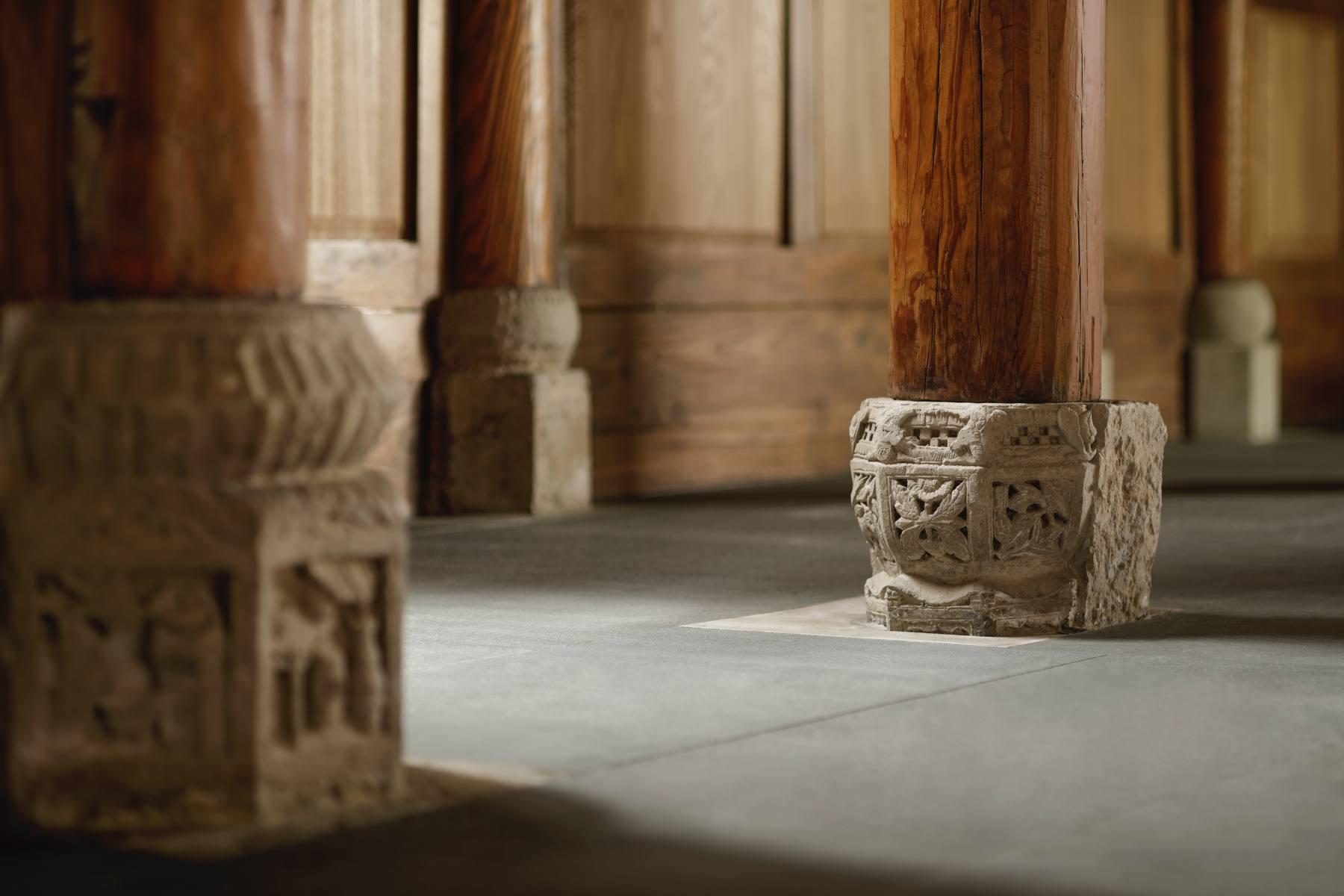
The walls and pillars in Nan Shufang are made from precious nanmu wood and styled as the studio of the literati. Here, in an authentic setting, hotel guests can experience the ancient meditative arts of the Chinese literati, such as calligraphy, woodblock printing, brush painting, music, the art of incense and the rituals of a tea ceremony.
“All of these practices were pushed aside during the Cultural Revolution. Now they’re making a comeback because they’re important to Chinese identity. And they’re also considered a luxury, as the lifestyle of the literati always represented a window into the life of the elite. Now that the Chinese are regaining their prosperity, they’re practising these 1,000-year-old rituals of elite culture, which also connects with their identity,” Wolfberg explains as we stroll through the cool, fragrant, rooms of Nan Shufang.
“Through these rituals you can cultivate a state of mind with a relaxed focus, which, in today’s society, is so difficult to find. You can come here to get away from the busy city life and focus on these refined patient practices that you can use to cultivate yourself.”
Indeed, these arts are a form of meditation, a digital detox and wellness practice that Ma believes will become increasingly popular in rebalancing mind, body and soul. “Young people can benefit from following the practices of self-cultivating and learning, and balance their lives.”
Ma says most guests who stay here try one or two of the gentle arts. “Amanyangyun provides an environment for them to be fully immersed in Chinese culture and they will start to learn and appreciate the subtle and refined lifestyle of the ancient Chinese literati,” he explains.
Ma himself, enjoys practising the art of calligraphy. “Time permitting, I would practice calligraphy every day,” he says. “My focus is not really on the characters; but writing helps the circulation of ‘qi’, which makes me feel very comfortable both physically and mentally.”
Wolfberg says that Ma represents the ideal literati scholar. “He’s very benign and always on the same level, he’s usually peaceful. That’s an admirable quality that goes back to the Taoist principles.”
This article originally appeared in Billionaire's Discovery Issue, September 2018. To subscribe contact




